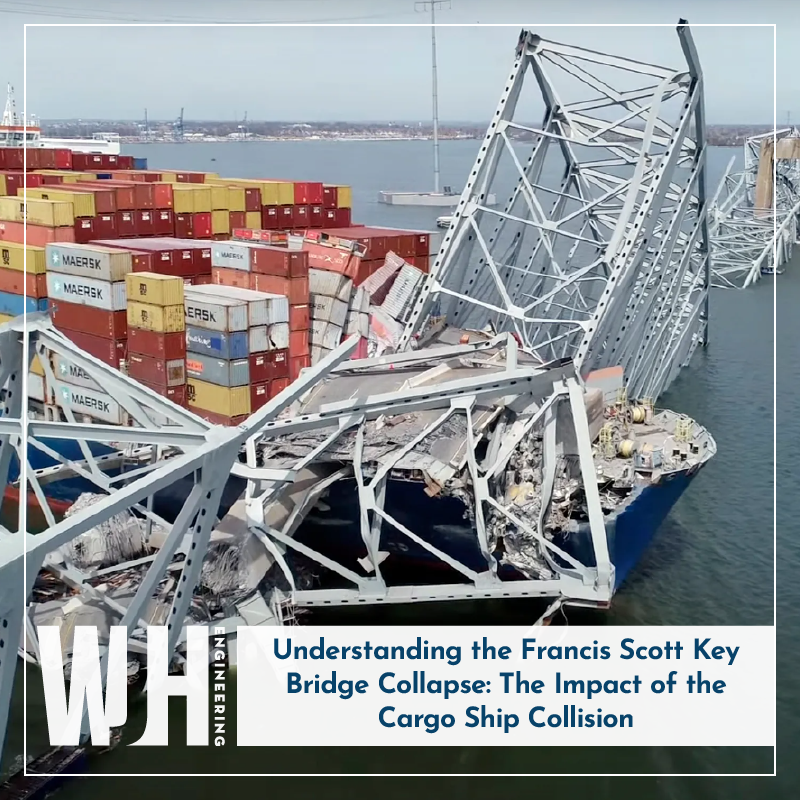On March 26th, The Francis Scott Key Bridge in Baltimore, Maryland, collapsed within seconds of being struck by a cargo ship leaving the city’s port. This collapse sent shockwaves throughout both the local community and the engineering world. Such unprecedented incidents raise questions about the efficacy of modern engineering techniques, and the vulnerability of the world’s ageing infrastructure.
Why the Sudden Collapse?
The collapse of the Francis Scott Key Bridge was a multifaceted event with numerous contributing factors. Preliminary investigations suggest that the bridge, which had been in service since 1977, was showing signs of wear and tear, including corrosion and fatigue in critical load-bearing components. When the Dali Cargo ship collided with one of the bridge’s girders, existing weaknesses were exacerbated, and structural failure was imminent. However, the question still remains: How did such a large portion of the 1.6-mile structure collapse in mere seconds?
The Frances Scott Key Bridge was one of approximately 17,000 bridges in the country (approximately 3% of all bridges) characterized as having a “fracture critical” design. In other words, failure of just one key component could bring the entire structure down. When the Dali Cargo ship collided with one of the bridge’s girders, the structure had no means of distributing that force, and failure was imminent.
Frequency of Bridge Collapses
While bridge collapses are relatively rare, they are not unheard of. The frequency depends on various factors, including the quality of infrastructure maintenance and the overall age of the structure. As infrastructure around the world continues to age, incidents like the Francis Scott Key Bridge collapse serve as sobering reminders of the importance of proactive maintenance and modernization efforts.
Modern Construction Techniques and Preventive Measures
In recent decades, significant advancements have been made in construction techniques and materials, offering potential solutions to prevent such disasters. For instance, the use of high-strength materials and advanced monitoring systems can enhance the structural integrity of bridges and enable early detection of potential issues. Of course, this was a special circumstance, and it is highly unlikely that any bridge will be able to withstand a collision with a cargo ship the size of the Dali. However, by applying these modern techniques to new construction projects and existing rehabilitation efforts, engineers can significantly reduce the risk and the scale of future collapses, ensuring the long-term safety, reliability, and longevity of our infrastructure worldwide.
Conclusion
The collapse of the Francis Scott Key Bridge serves as a critical reminder of the importance of infrastructure maintenance and modernization. While such incidents are rare, they highlight the need to take proactive measures to ensure the safety and resilience of our infrastructure assets. Here at WJH Engineering, we embrace modern construction techniques and place emphasis on modern maintenance practices for all our designs. By doing this, we can ensure a safer and more sustainable infrastructure network for generations to come.
Sources:


